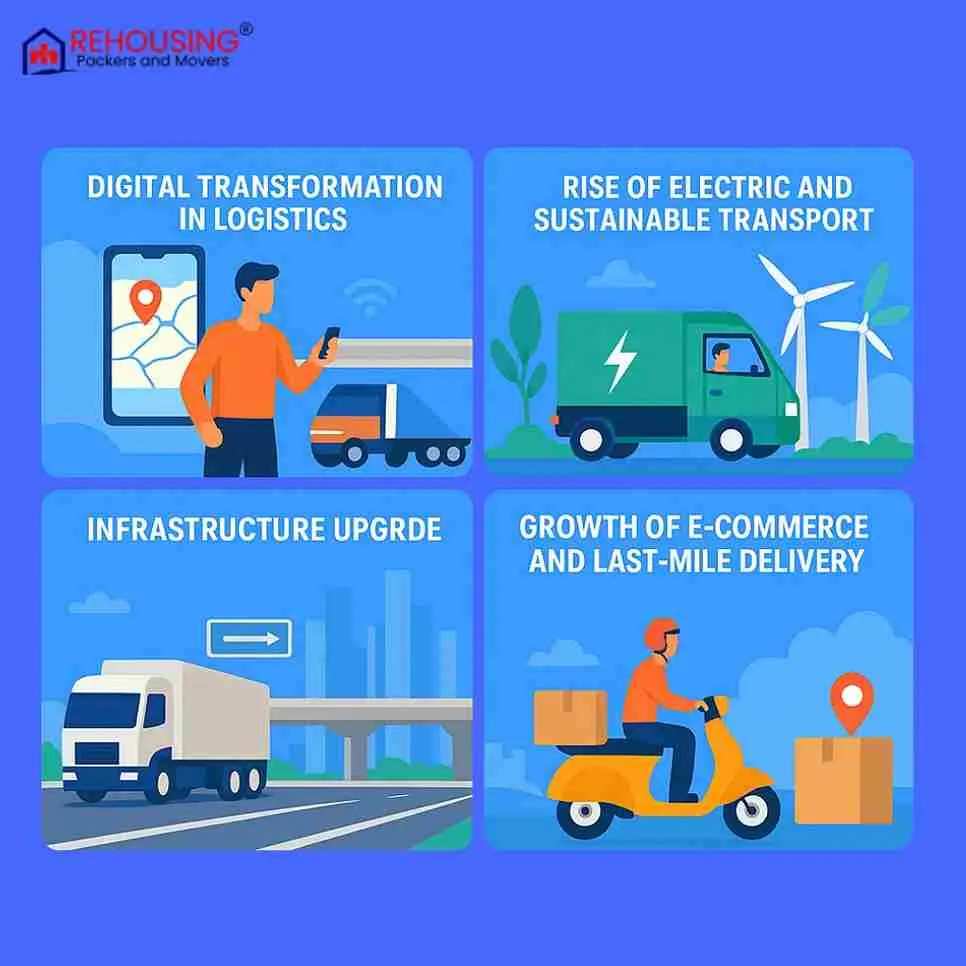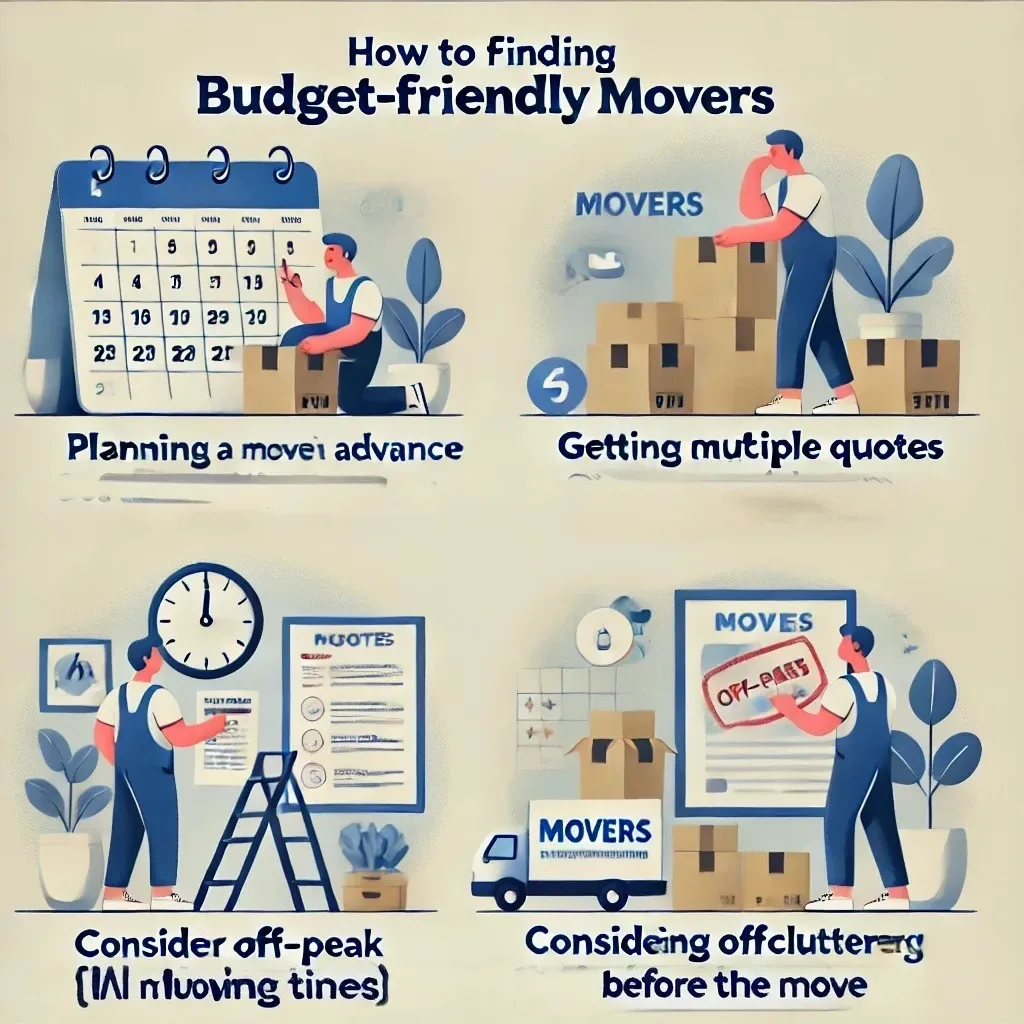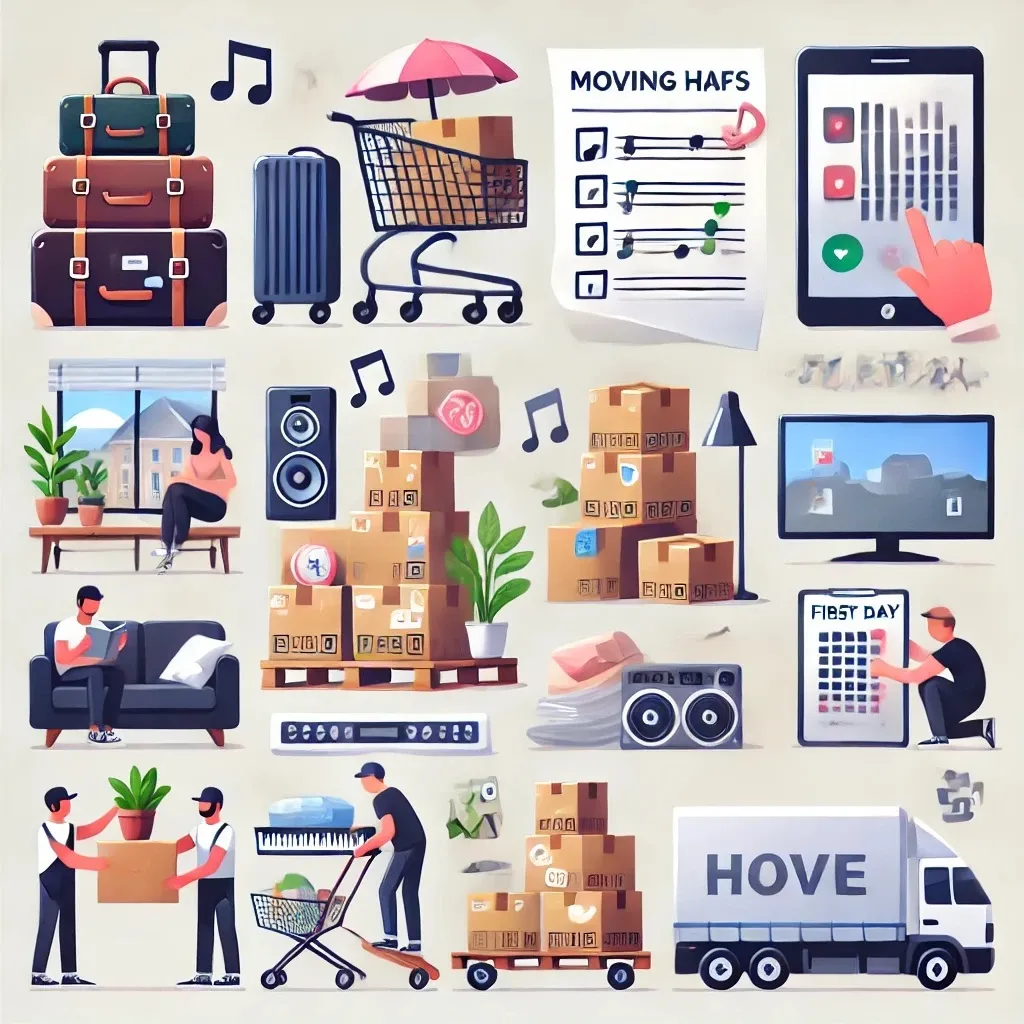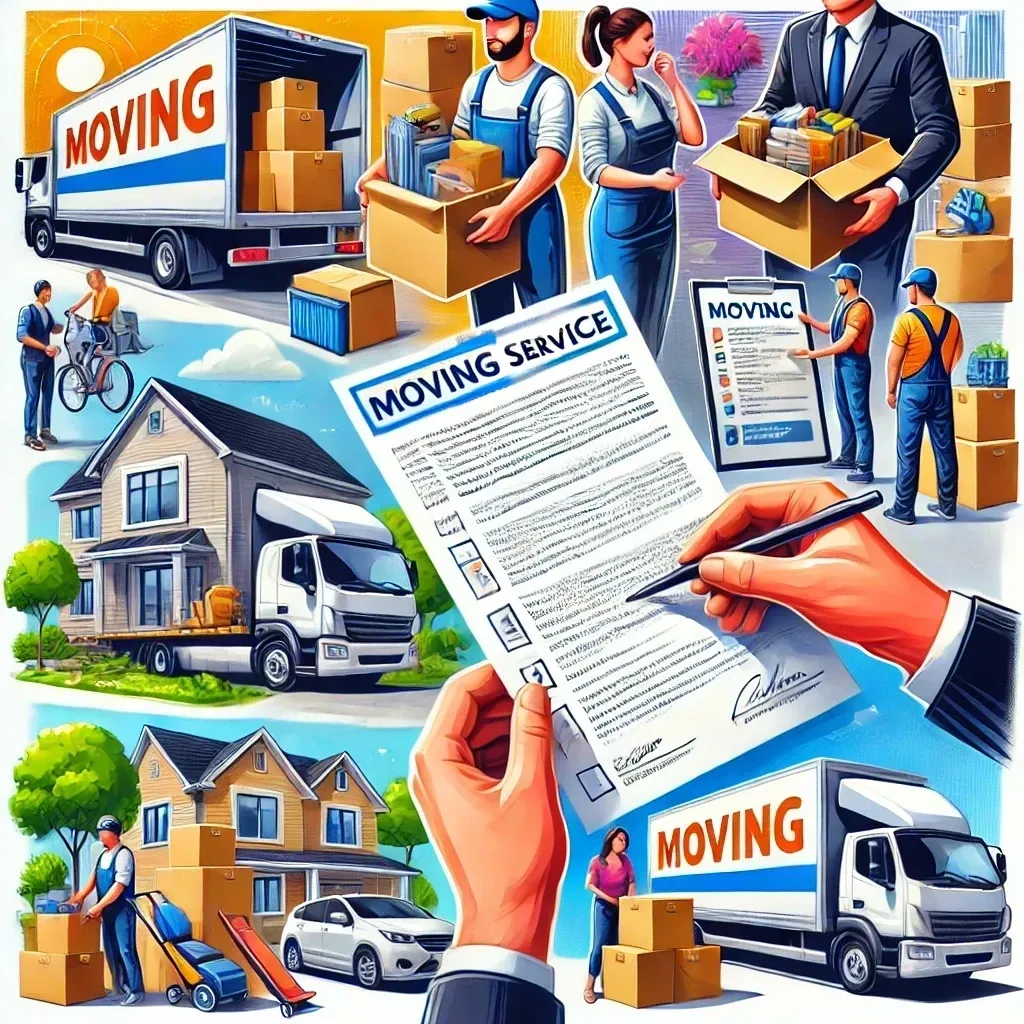India’s goods transport sector is the backbone of its growing economy. Every industry, from agriculture to e-commerce, depends on efficient logistics to move products across the country.
With rapid digitalization, infrastructure upgrades, and evolving customer demands, the future of goods transport in India is being reshaped like never before. Understanding these trends can help businesses, transporters, and customers prepare for a smarter, faster, and more sustainable logistics system.
Digital Transformation in Logistics
Technology is revolutionizing how goods are transported in India. Earlier, transport companies relied heavily on manual tracking and paperwork. Today, mobile apps, GPS tracking, and digital platforms make the entire process transparent and reliable.
Shippers can now track their goods in real-time, reducing anxiety about delays or losses. Automated billing, e-way bills, and digital payments have cut down paperwork and made transactions smoother. As India embraces technologies like Artificial Intelligence (AI) and the Internet of Things (IoT), predictive analytics will further optimize routes, reduce delays, and cut transport costs.
Rise of Electric and Sustainable Transport
Sustainability is no longer just a buzzword-it’s becoming a necessity. With fuel prices rising and environmental concerns growing, electric trucks and vehicles are entering the goods transport market. Several Indian logistics companies are experimenting with EV fleets for last-mile delivery, especially in metro cities.
Additionally, transporters are adopting eco-friendly packaging and exploring biofuels to reduce their carbon footprint. In the future, green logistics can become a key selling point, with government policies likely to support businesses that choose sustainable transport solutions.
Infrastructure Upgrades
India’s government has been investing heavily in roadways, highways, and dedicated freight corridors. These projects are transforming the speed and efficiency of goods transport. For example, the Delhi-Mumbai Industrial Corridor and dedicated rail freight corridors are designed to drastically cut transit times.
Improved warehousing facilities, logistics parks, and smart highways will further ensure the seamless movement of goods. This expansion of infrastructure means reduced costs, fewer delays, and greater reliability for both businesses and customers.
Growth of E-Commerce and Last-Mile Delivery
E-commerce has become a game-changer for goods transport in India. With more people shopping online, the demand for efficient last-mile delivery has skyrocketed. Customers expect faster deliveries, even in tier-2 and tier-3 cities.
Transporters are adopting innovative solutions such as micro-warehousing, drone deliveries, and AI-powered route optimization to meet these expectations. The future will see e-commerce and logistics working together to create faster, smarter, and more customer-friendly delivery networks.
Integration of Truck and Rail Transport
While trucks dominate road transport, railways are gaining attention as a cost-effective and eco-friendly option for long-distance freight. The future lies in integrated logistics solutions where businesses use a combination of trucks for short hauls and railways for long distances.
This multimodal transport system will reduce costs, save time, and improve efficiency. As freight corridors are developed, more companies are expected to adopt this model, making goods transport more balanced and sustainable.
Role of Automation and Smart Warehousing
Modern logistics is not just about trucks on the road; warehousing plays a vital role too. Automation in warehouses-such as robotic sorting, barcode scanning, and AI-driven inventory management-is becoming common. These technologies help reduce human error, speed up order processing, and ensure smoother movement of goods.
In the future, smart warehouses will be connected directly with transport fleets, creating a seamless flow from storage to delivery. This will enhance overall supply chain efficiency and reduce turnaround times.
Challenges Ahead
While the future looks promising, challenges remain. Rising fuel costs, shortage of skilled drivers, and compliance with ever-changing regulations can create roadblocks. Additionally, adopting new technology requires investment, which smaller transporters may find difficult.
However, with the right government policies, industry collaboration, and focus on innovation, these challenges can be transformed into opportunities for growth.
Final Thoughts
The goods transport sector in India is moving towards a future defined by technology, sustainability, and customer-centric solutions. From electric vehicles and real-time tracking to integrated rail-road networks and smart warehousing, the landscape is changing rapidly.
Businesses that adapt to these trends early will enjoy lower costs, faster deliveries, and greater customer satisfaction. For customers, this means reliable, transparent, and eco-friendly transport services. As India continues to grow as a global economic powerhouse, its goods transport system will play a critical role in shaping that journey. The future is not just about moving goods-it’s about moving India forward.






